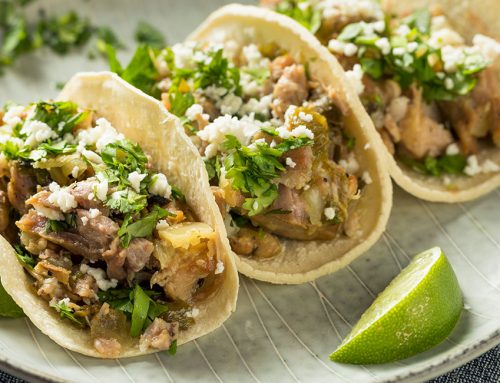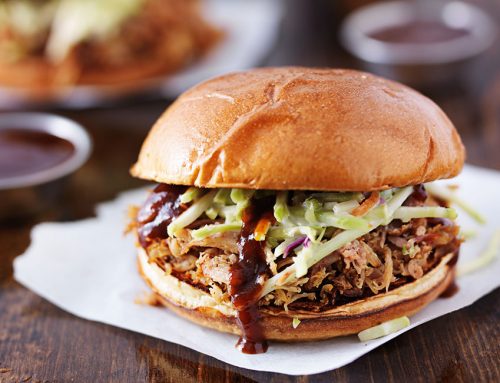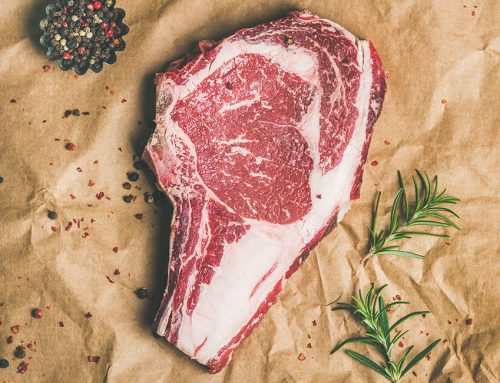Although overall foodservice traffic remained flat in 2018, fast casual restaurants – which offer quality food without full table service – began to separate themselves from the pack. According to the NPD Group, traffic in the fast casual sector rose 3% last year – a statistic that shouldn’t shock anyone who’s seen the proliferation of these restaurants.
It looks like this success isn’t just a short-term trend. Investment firm Morningstar predicts fast casual sales will grow 7% in the next five years, in addition to its 10% growth over the past five years. Even full-service restaurants have started to get in on the fast casual game. For example, The Cheesecake Factory and Outback Steakhouse have both recently launched fast casual concepts, and it’s highly likely more brands will soon test those waters. Restaurant incubators are also becoming a popular way to test new concepts such as these.
While it would seem like these developments are all positive signs for our industry, pork doesn’t exactly have a long history of success with fast casual operators – pork tends to play a lesser role on their menus than other dining segments. Plus, they’re less likely to consider pork for new menu items.
The fact is, fast casuals stand to benefit from greater pork use. In a Datassential study, over 75% of consumers agreed that fast casual menus would be more interesting if pork was offered on them more often.
Knowing fast casual is only going to continue to gain traction, we have the opportunity to demonstrate why pork is such a great fit for these diners. To help fast casual operators integrate pork more often, here are four approaches to make pork more relevant to operators and their diners:
Sustainability
Promote pork’s sustainability as often as possible. Consumers, chefs and operators today care deeply about transparency. The pork industry has a solid track record of responsible, sustainable and humane production practices. By educating operators and chefs on our We Care principles, it allows them to feel good about what they offer on their menus. In turn, they can educate consumers about why they menu the pork options they have.
Health Benefits
Acknowledge the consumers’ growing interest in health and nutrition. The National Restaurant Association found 8 in 10 consumers are paying more attention to nutrition than they did two years ago, so as more health-conscious restaurants pop up, we need to promote the nutritional side of pork. Leaner pork cuts are low in fat and high in protein, making it ideal for many fast casual dishes.
Versatility
Fast casual operators haven’t taken advantage of pork’s versatility thus far, so we need to show them just how versatile it can be. We must provide operators with a variety of dish ideas ranging from sandwiches and salads, to bowls and tacos, and showcase its natural place in authentic Asian and Hispanic cuisines. Some examples include Pork Shoulder Hand Roll, Cubano Pizza with Pulled Pork, BBQ Pork Mac & Cheese, and Spaghetti with Italian Sausage Meatballs.
Simple Preparation
Packers can also get in on operator conversations by providing cuts that are easy to use and implement in fast casual. Smaller cuts, pre-seasoned packages and pre-cooked options are perfect for these restaurants and could help operators see how easy it is to incorporate more pork into their recipes.
Source: National Pork Board





